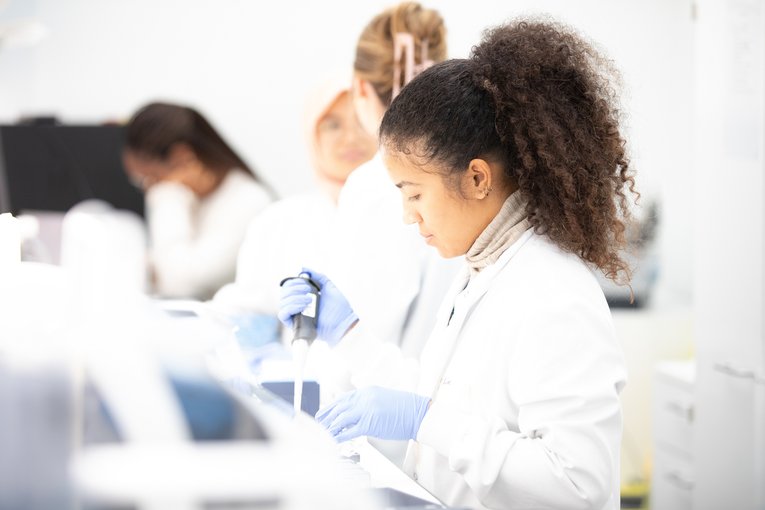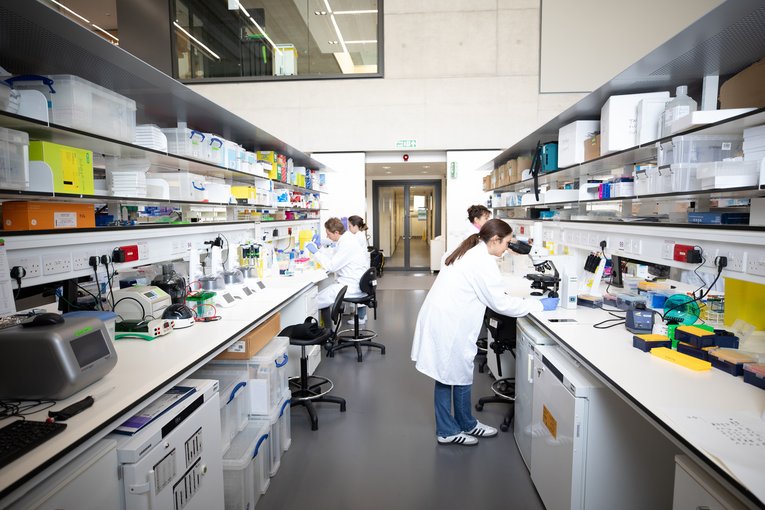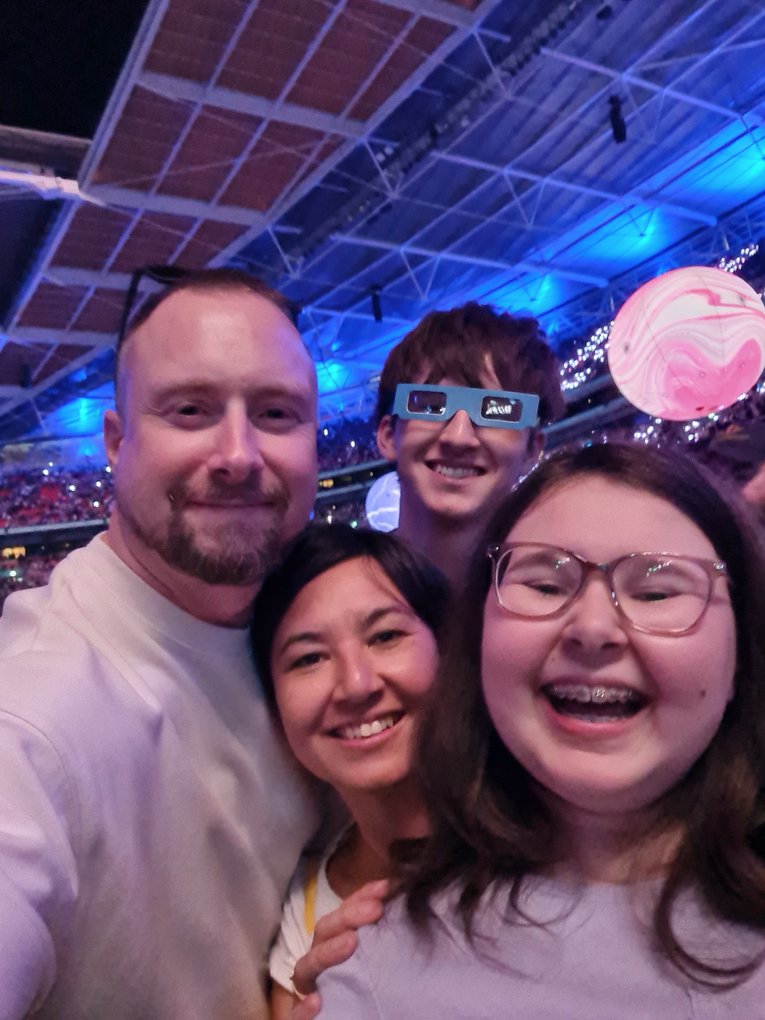
https://www.gosh.nhs.uk/news/hope-better-treatments-rare-childhood-cancer-disease-origin-uncovered/
Hope of better treatments for rare childhood cancer as disease origin is uncovered
5 Nov 2020, 9:16 a.m.
GOSH researchers are part of a team of scientists who have identified how a rare form of childhood cancer may originate, according to a new study published today in the New England Journal of Medicine.
The team of researchers from Great Ormond Street Hospital for Children NHS Trust, the UCL Great Ormond Street Institute of Child Health, Wellcome Sanger Institute and the University of Cambridge, Cambridge University Hospitals NHS Foundation Trust hope the findings will provide new options for treatment for bilateral neuroblastoma cancers.
Bilateral neuroblastoma
Neuroblastoma is a highly aggressive childhood cancer. About 100 children each year in the UK are affected. It develops from specialised nerve cells - neuroblasts - left behind from a baby's development in the womb.
Neuroblastoma most commonly occurs in one of the adrenal glands above the kidneys. There are several different types of neuroblastoma, with some more aggressive than others. Bilateral neuroblastoma occurs in rare cases where tumours form on both sides of the body - for example in both adrenal glands.
It’s usually assumed that tumours at multiple sites are metastatic and have spread from an original primary tumour.
Tracking the origin of bilateral tumours
Researchers studied the genomes of tumours from multiple sites in two patients with the condition. In both cases, the tumours within a patient arose separately from each other and originated during the very early stages of their development, within a few cell divisions after fertilisation. Both children in the study had inherited a genetic mutation that predisposed them to cancer.
Understanding if tumours within a patient are independent or not is vital information for clinicians when deciding the best treatment options. Metastatic tumours are more aggressive and require more intensive treatment than tumours that have remained within their original tissue.
Professor John Anderson, Professor of Experimental Paediatric Oncology and senior author of the study from the UCL Great Ormond Street Institute of Child Health and Great Ormond Street Hospital for Children NHS Foundation Trust, said:
“This is the first time we’ve been able to prove that bilateral neuroblastoma tumours can be independent entities. It is essential for each patient that clinicians can make the distinction between an aggressive tumour that is spreading, and a set of more benign tumours that are localised. If tumours haven’t metastasised, we can consider less intensive treatments, with fewer side effects.”
Next steps
The researchers suspect that other types of bilateral tumours may also have similar patterns of development. They hope that their findings will be important more widely for analysing and treating such cancers.
This work was funded by Children with Cancer and Wellcome.

NIHR launches £13.7m investment into brain tumour research
The National Institute for Health and Care Research (NIHR) has announced a £13.7 million investment that will support ground-breaking research to develop novel brain tumour treatments in the UK.

New consortium aims to help improve care for arthritis patients
A new UK-led research group, including Great Ormond Street Hospital and University College London, aims to improve the lives of children, young people and adults with arthritis by defining for the first time what being in ‘remission’ from arthritis truly

‘Ready-made’ T-cell gene therapy tackles ‘incurable’ T-Cell leukaemia
A groundbreaking new treatment using gene-edited immune cells, developed at GOSH and UCL has shown promising results in helping children and adults fight a rare and aggressive cancer

GOSH manufactures new gene therapy for rare condition
A specialist laboratory team based at Great Ormond Street Hospital have manufactured a new gene therapy to treat a baby with the rare genetic condition, Hunter Syndrome.
